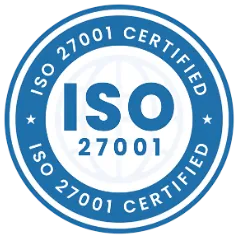Introduction
In the world of business, managing resources efficiently is vital for sustaining operations and ensuring long-term success. As companies grow, they acquire various assets, both tangible and intangible, that need to be carefully monitored and managed. Two terms often used in this context are fixed asset tracking and asset management. While these concepts are closely related, they are not the same. Each serves a distinct function and involves different tools and techniques. Understanding the difference between asset management and fixed asset tracking is crucial for optimizing resource utilization and improving operational efficiency.
Both fixed asset management and tracking systems help businesses gain insights into their resources, reduce unnecessary expenses, and maximize asset performance. In this blog, we will explore what asset management and fixed asset tracking are, their roles, and how they differ from each other.
What is Asset Management?
Asset management refers to the systematic process of acquiring, deploying, maintaining, and disposing of an organization’s assets in the most efficient and cost-effective way possible. It encompasses a broad range of activities, including tracking the performance, condition, and value of assets over their entire lifecycle. Whether dealing with physical assets like machinery and equipment or intangible assets like intellectual property, asset management ensures that these resources are used effectively to achieve the organization’s goals.
The primary goal of asset management is to maximize the return on investment (ROI) by ensuring that each asset is utilized efficiently. By implementing robust asset management strategies, businesses can reduce costs, prevent equipment downtime, and make informed decisions about asset replacements or upgrades. A comprehensive asset management system, like the one offered by Asset Infinity, includes features such as asset lifecycle management, preventive maintenance scheduling, and performance monitoring.
In short, what is asset management? It is the holistic approach to managing an organization’s assets to improve their performance and maximize their value throughout their lifecycle.
What is Fixed Asset Tracking?
Fixed asset tracking focuses on monitoring the physical location, condition, and usage of an organization’s fixed assets, such as buildings, machinery, vehicles, and equipment. Fixed assets are long-term assets that are not easily moved and are used in daily business operations. Tracking these assets ensures that businesses know where their assets are, how they are being used, and whether they require maintenance or replacement.
Fixed asset tracking involves the use of various technologies to keep real-time information about assets. Common methods include barcodes, RFID (Radio Frequency Identification), GPS, and IoT (Internet of Things) devices. These tracking technologies help businesses monitor asset location, prevent theft, reduce loss, and optimize asset utilization. By tracking fixed assets, companies can improve their operational efficiency, reduce costs, and ensure that assets are performing as expected.
A well-implemented fixed asset management tracking system allows businesses to automate asset monitoring, ensure compliance with regulations, and maintain accurate records for audits and reporting purposes.
Fixed Asset Tracking and Asset Management: What’s the Difference?
Though fixed asset tracking and asset management share similarities, they serve different purposes and involve distinct processes.
Scope
The scope of asset management is much broader than fixed asset tracking. Asset management covers the entire lifecycle of an asset, from procurement to disposal, and includes activities like maintenance scheduling, performance tracking, and financial reporting. On the other hand, fixed asset tracking focuses specifically on monitoring the physical location, condition, and movement of assets.
Objective
The primary goal of asset management is to optimize the value of assets over their entire lifecycle. This involves not only tracking but also maintaining and improving asset performance. Fixed asset tracking, however, aims to ensure that physical assets are accounted for and utilized properly. It is more concerned with the logistics of asset location, condition, and usage.
Technologies Used
Fixed asset tracking relies on technologies like barcodes, RFID, GPS, and IoT devices to monitor the physical whereabouts and condition of assets. These technologies enable real-time updates and provide insights into asset utilization. In contrast, asset management incorporates these tracking technologies along with other tools for maintenance management, depreciation tracking, financial reporting, and lifecycle management.
Asset Types
Asset management deals with both tangible (fixed assets like machinery and buildings) and intangible assets (intellectual property, patents, etc.). Fixed asset tracking, on the other hand, is limited to tangible, immovable assets that are crucial for day-to-day business operations.
Maintenance and Performance Monitoring
One of the critical components of asset management is ensuring that assets are maintained and performing optimally. This may involve scheduling preventive maintenance, monitoring asset health, and predicting failures. Fixed asset tracking, while it can provide insights into asset condition, is not primarily focused on maintenance or performance improvements.
Reporting and Compliance
Asset management often involves generating reports for financial and operational purposes. It helps businesses ensure compliance with regulatory requirements, track asset depreciation, and make data-driven decisions. Fixed asset tracking focuses more on inventory control and loss prevention, though it can also contribute to audit processes.
To summarize, fixed asset tracking is a critical component of asset management, but it is not the same. Asset management is a more comprehensive approach that includes tracking but also covers maintenance, optimization, and strategic decision-making about assets. Fixed asset tracking, on the other hand, is specifically concerned with monitoring the physical aspects of assets.
Also Read: Public Sector Utility Asset Management
Conclusion
Understanding the distinction between fixed asset tracking and asset management is essential for businesses looking to maximize asset utilization and ensure long-term success. While both are vital for managing physical assets, asset management encompasses a broader range of activities designed to optimize asset performance over time. Fixed asset tracking, as a subset of asset management, focuses on ensuring that assets are properly accounted for, located, and utilized. By implementing both strategies effectively, businesses can reduce costs, improve operational efficiency, and make more informed decisions about their assets.
FAQs on Fixed Asset Tracking and Asset Management
What are the 3 main asset management types?
The three main types of asset management are physical asset management (focused on tangible assets like machinery and equipment), financial asset management (focused on managing financial assets like stocks and bonds), and intangible asset management (focused on non-physical assets like intellectual property and patents).
Why is fixed asset tracking important?
Fixed asset tracking is crucial for maintaining accurate records of asset location, usage, and condition. It helps prevent theft, loss, and underutilization of assets, thereby improving operational efficiency and reducing costs.
What technologies are commonly used in fixed asset tracking?
Technologies commonly used in fixed asset tracking include barcodes, RFID, GPS, and IoT devices. These tools help businesses monitor asset locations and conditions in real-time, ensuring efficient utilization of resources.
How to track fixed assets?
Tracking fixed assets involves using technology such as barcodes, RFID, or GPS to monitor their location and condition. Businesses can also implement a comprehensive fixed asset management tracking system that integrates with their existing processes to automate the tracking and monitoring of assets.


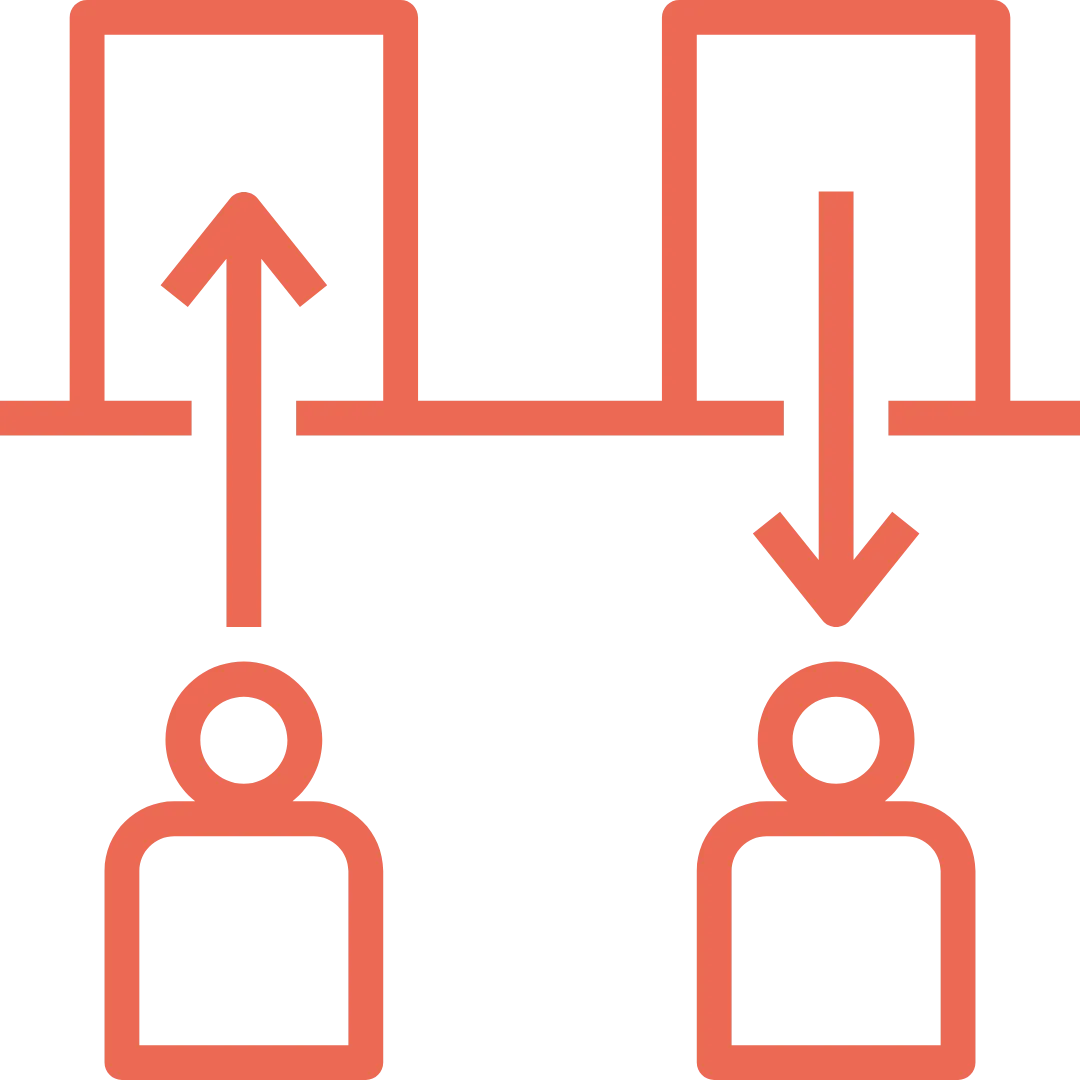









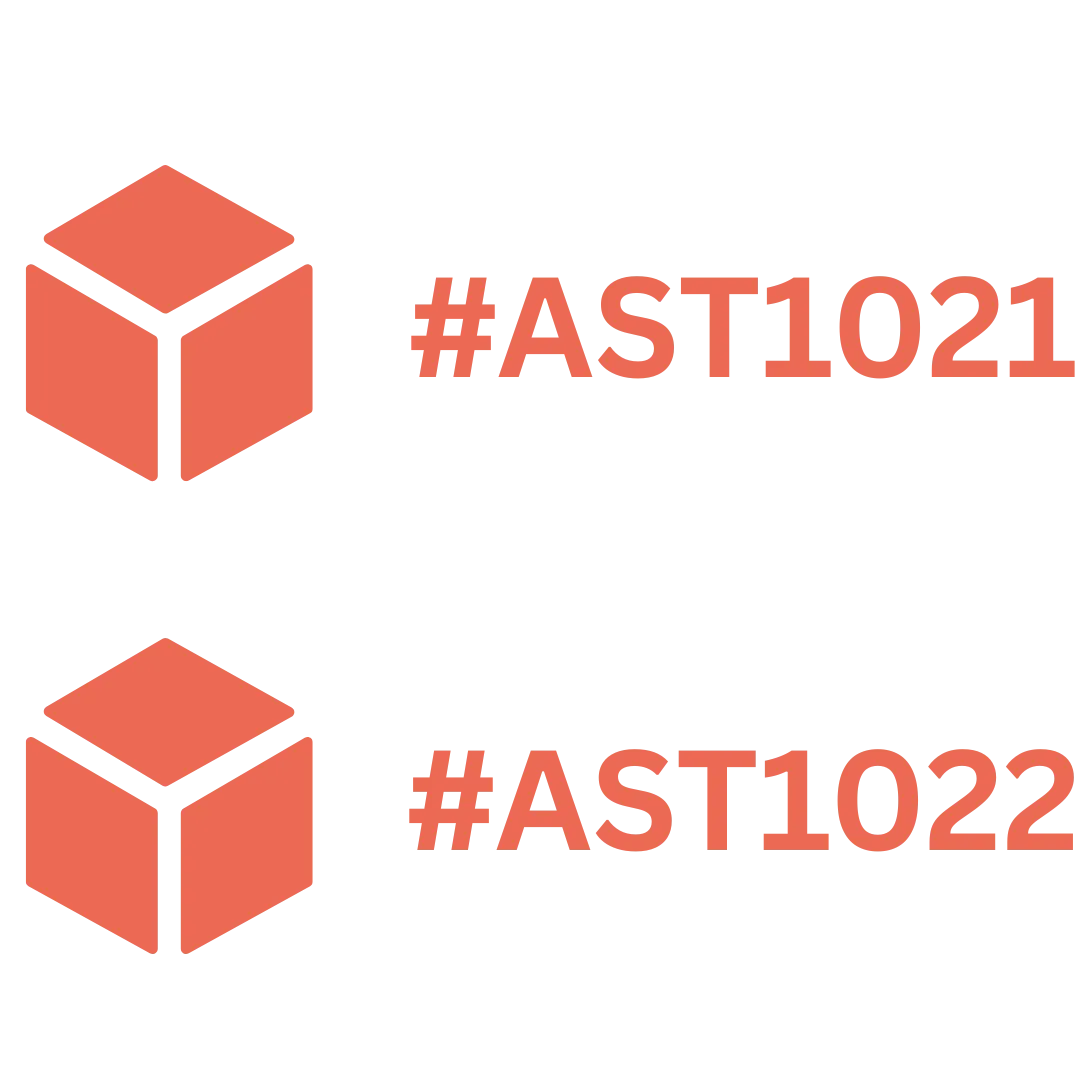
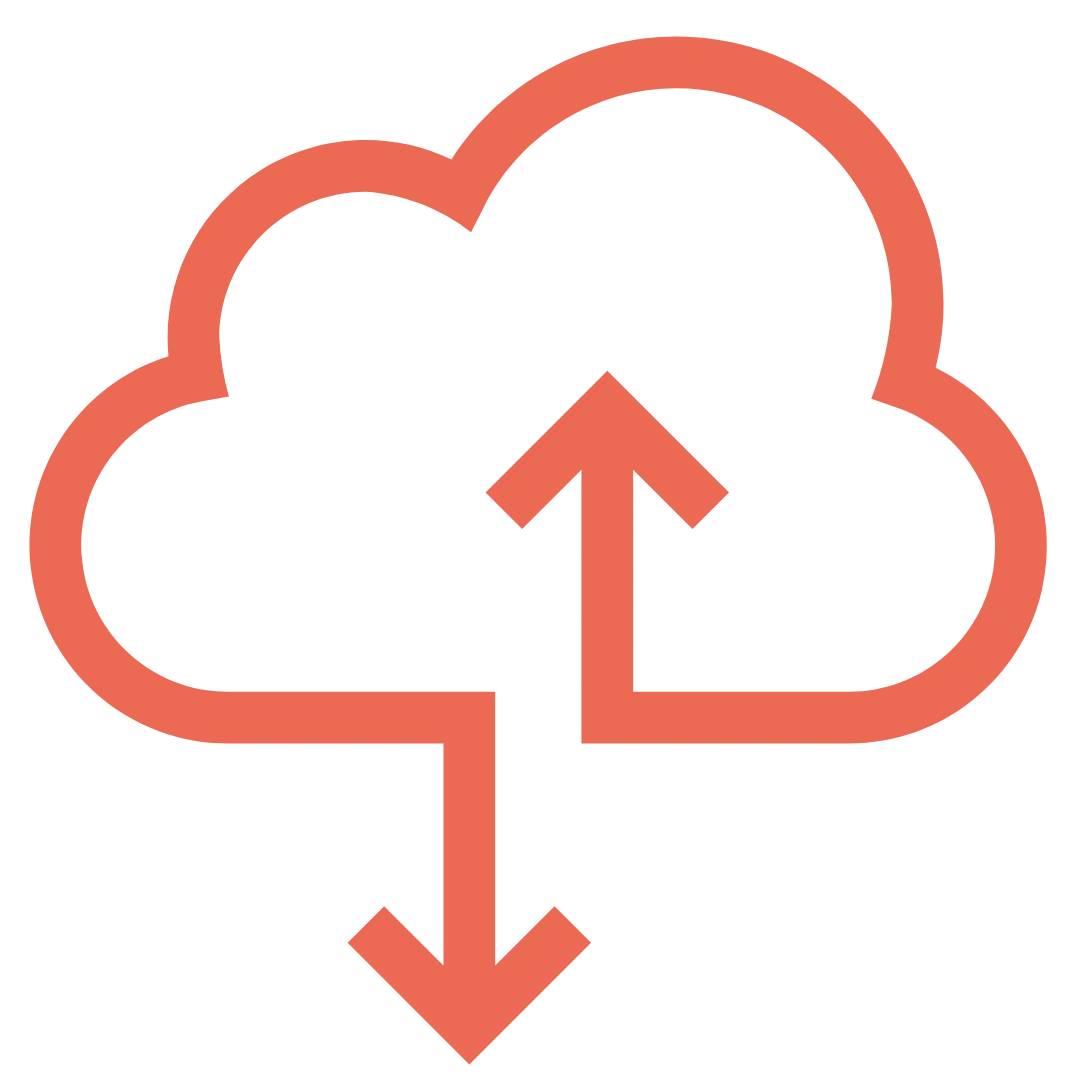




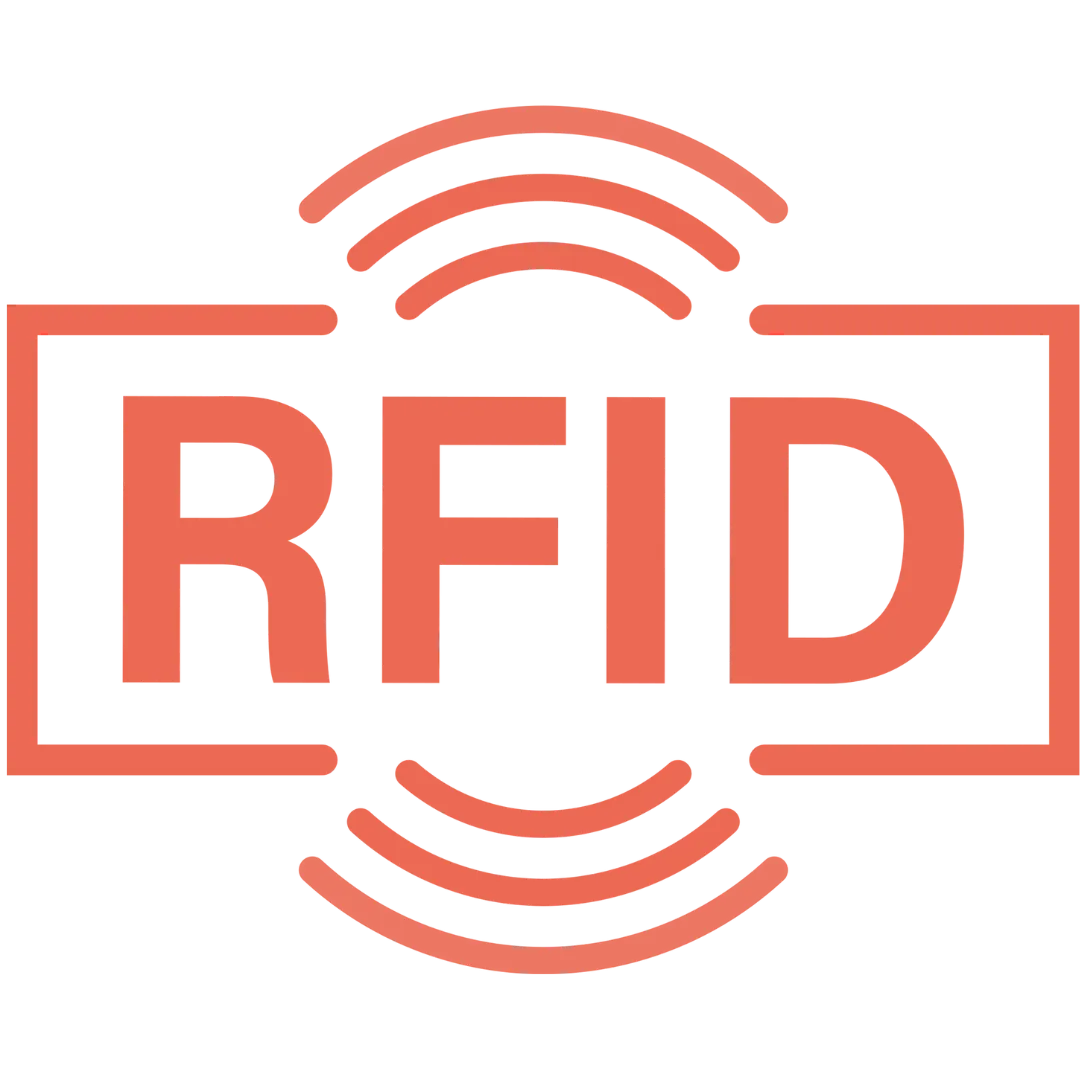

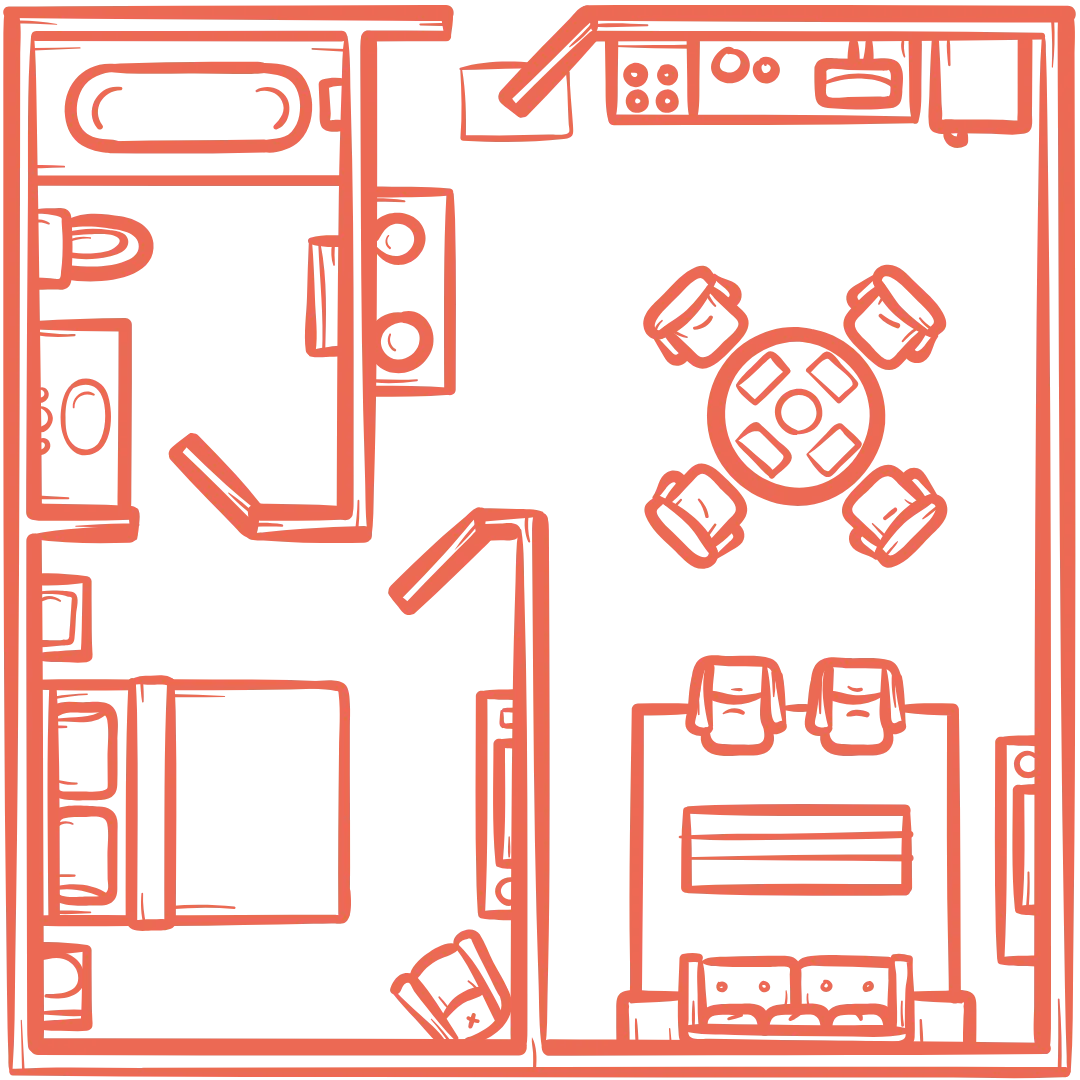




























.webp)
.webp)
.webp)
.webp)
.webp)
.webp)
.webp)
.webp)
.webp)

.svg)




.webp)
.webp)






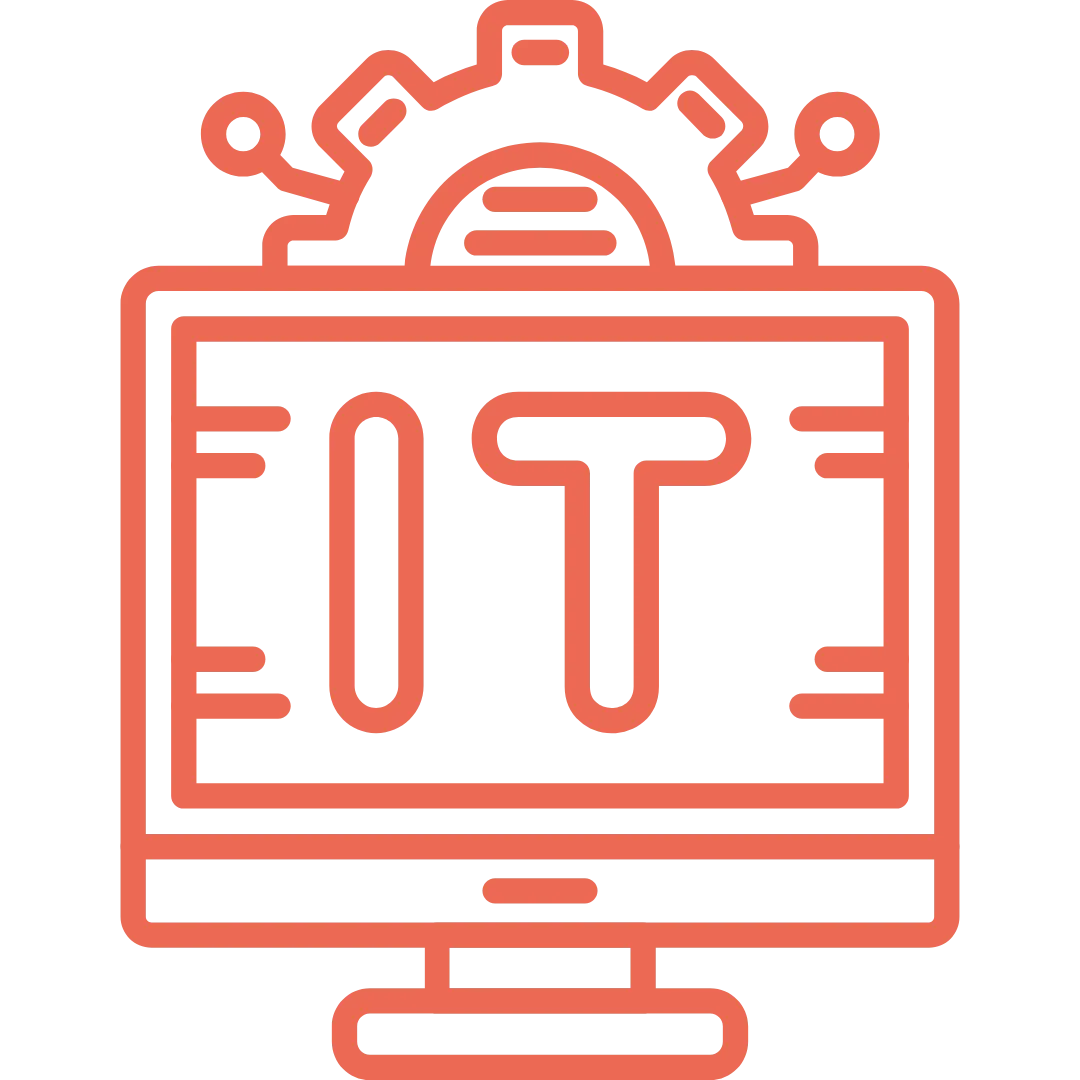







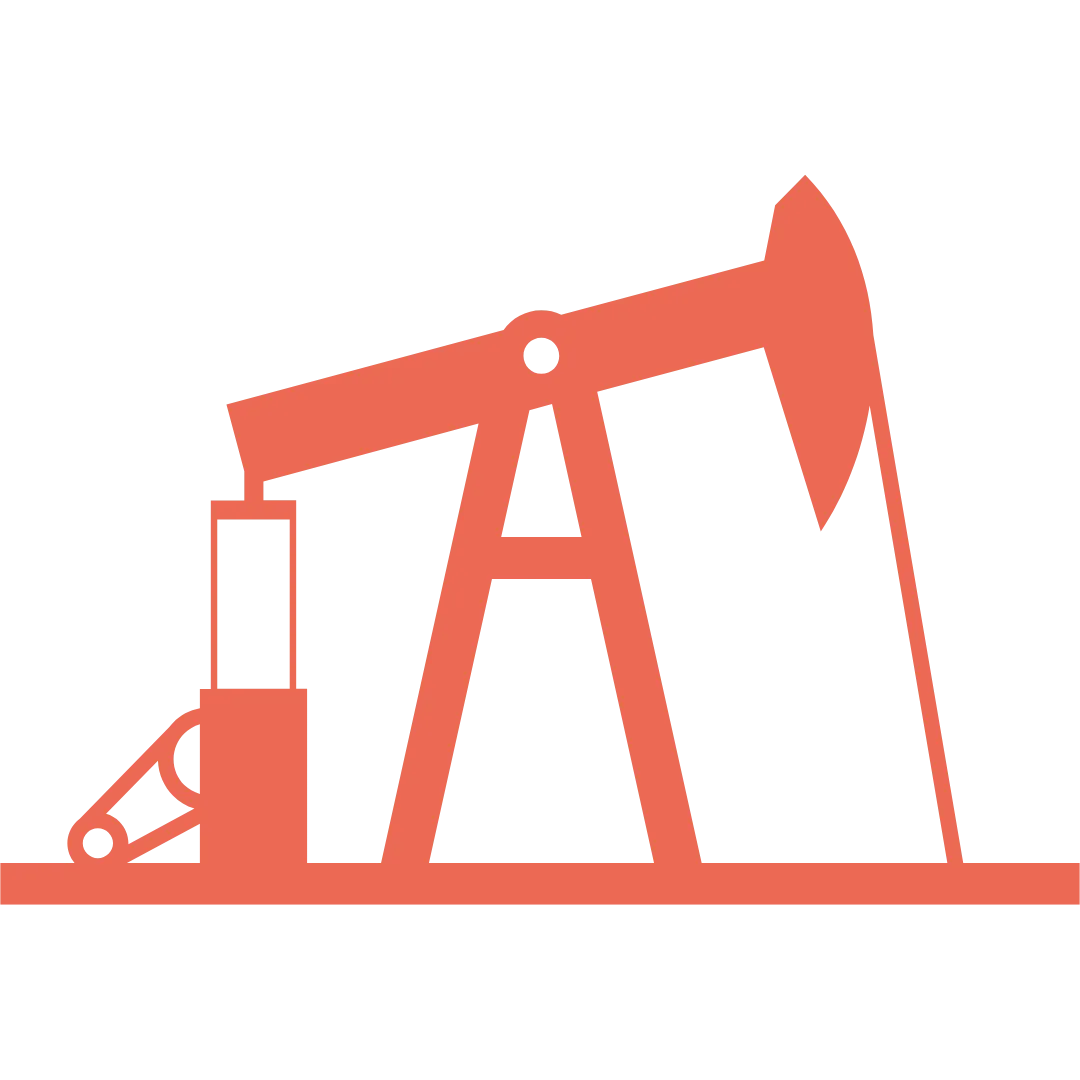




























.png)
.webp)


















